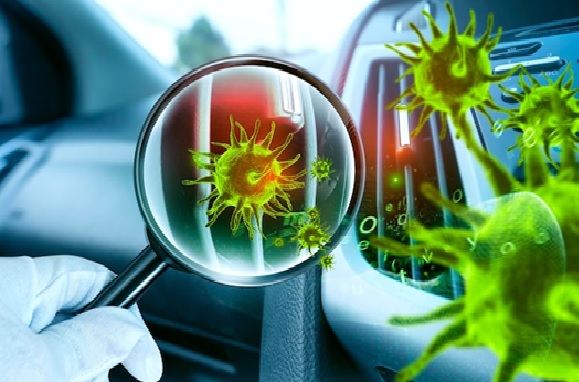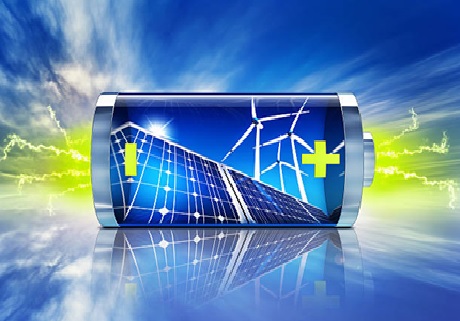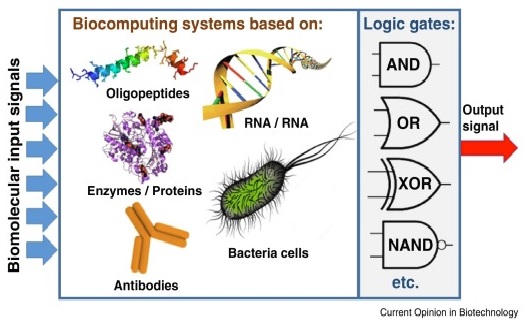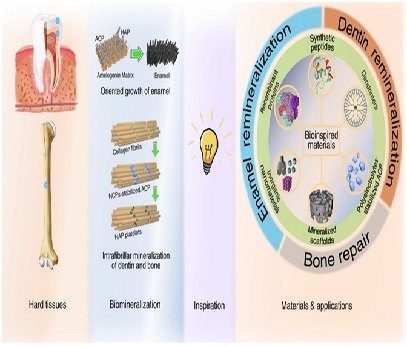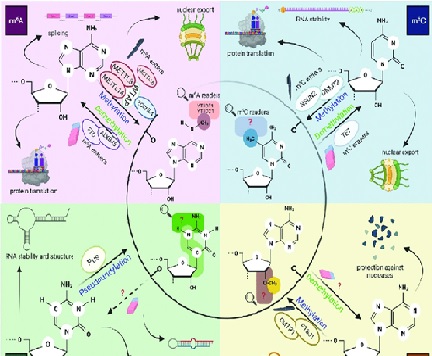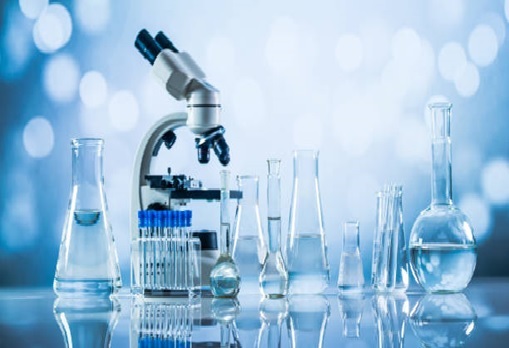- Home
- Future Technologies
- Biotechnology
-
Microbial Sensors
By : Janani R, The development of microbial biosensors that can detect and respond to environmental signals or specific molecules, enabling the real-time monitoring and control...
-
Nanotechnology
By : Janani R, Nanotechnology involves the manipulation of materials on a nanoscale level. It has the potential to revolutionize medicine by enabling targeted drug delivery and developing...
-
Security and Defense
By : Janani R, The use of nano sensors for detection and identification of chemical and biological agents, explosives, and other hazardous materials. Nanosensing is considered as most emerging...
-
Energy Conversion and Storage
By : Janani R, Energy conversion and storage is of great current relevance in providing a sustainable society. Essentially, this topic can cover the whole science, but the four molecules of relevance...
-
Biocomputing
By : Hana M, Biocomputing, also known as bioinformatics, is an interdisciplinary field that combines biology, computer science, and mathematics to develop computational tools and techniques...
-
Bioluminescence
By : Hana M, Bioluminescence is the ability of living organisms to produce and emit light through a chemical reaction. Bioluminescence is found in a wide range of organisms, including bacteria, fungi, insects, fish...
-
Biomineralization
By : Hana M, Biomineralization is the process by which living organisms produce minerals within their tissues. The minerals produced can be organic, such as bone or tooth enamel, or inorganic...
-
Brain-Machine Interfaces (BMIs)
By : Hana M, Brain-machine interfaces (BMIs) are a type of technology that enables direct communication between the brain and an external device, such as a computer or prosthetic limb. BMIs use various...
-
Epitranscriptomics
By : Hana M, Epitranscriptomics is the study of chemical modifications that occur on RNA molecules, which can affect their structure and function. These modifications are known as RNA modifications...
-
Genetically modified organisms (GMOs)
By : Hana M, Genetically modified organisms (GMOs) are organisms whose genetic material has been altered through genetic engineering techniques. This involves the insertion of genes from one organism...
-
Glycobiology
By : Hana M, Glycobiology is the study of the structure, function, and biology of carbohydrates (sugars) and their derivatives in living organisms. Carbohydrates are essential components of cell membranes...
-
Adult ADHD Linked to a Greatly Increased Risk of Numerous Heart Diseases
By : Hana M, Researchers from the Karolinska Institute and Örebro University in Sweden found that adults with attention-deficit/hyperactivity disorder (ADHD)...
-
Biotechnology and Climate Change
By : Janani R, Agricultural biotechnology can be an important tool for addressing the causes and consequences of climate change and for achieving important societal goals such as reduced...
-
Biotechnology and Health Equity
By : Janani R, Biotechnology has the potential to promote health equity by improving access to healthcare, reducing health disparities, and advancing health outcomes for marginalized...
-
Biotechnology and Water Resources
By : Janani R, Biotechnology has the potential to play an important role in the management and conservation of water resources. Water scarcity and water quality degradation are significant global challenges...


